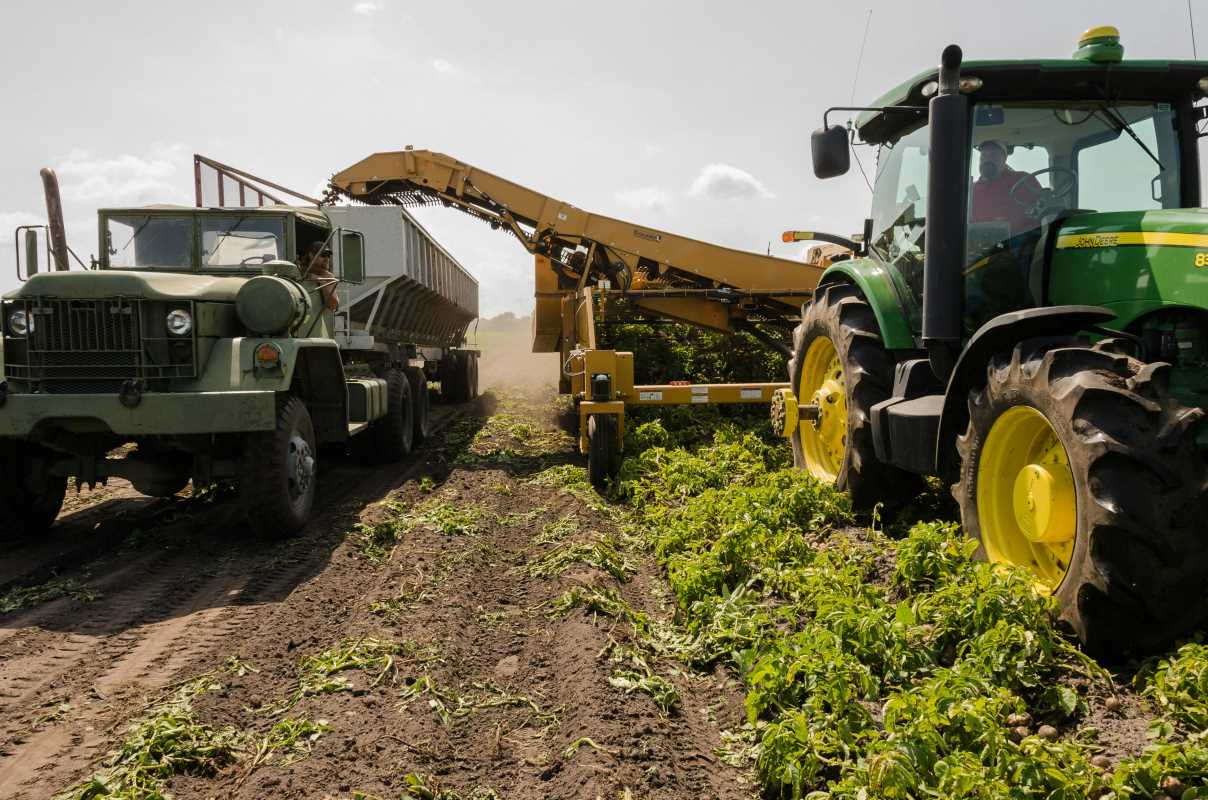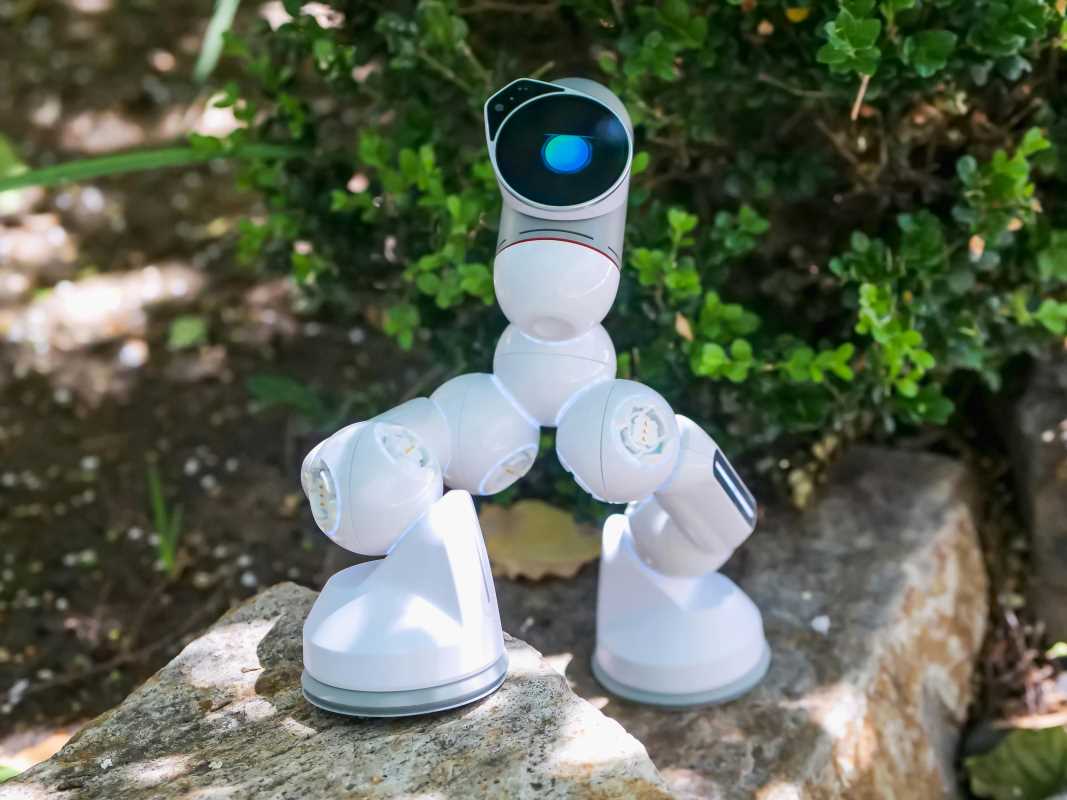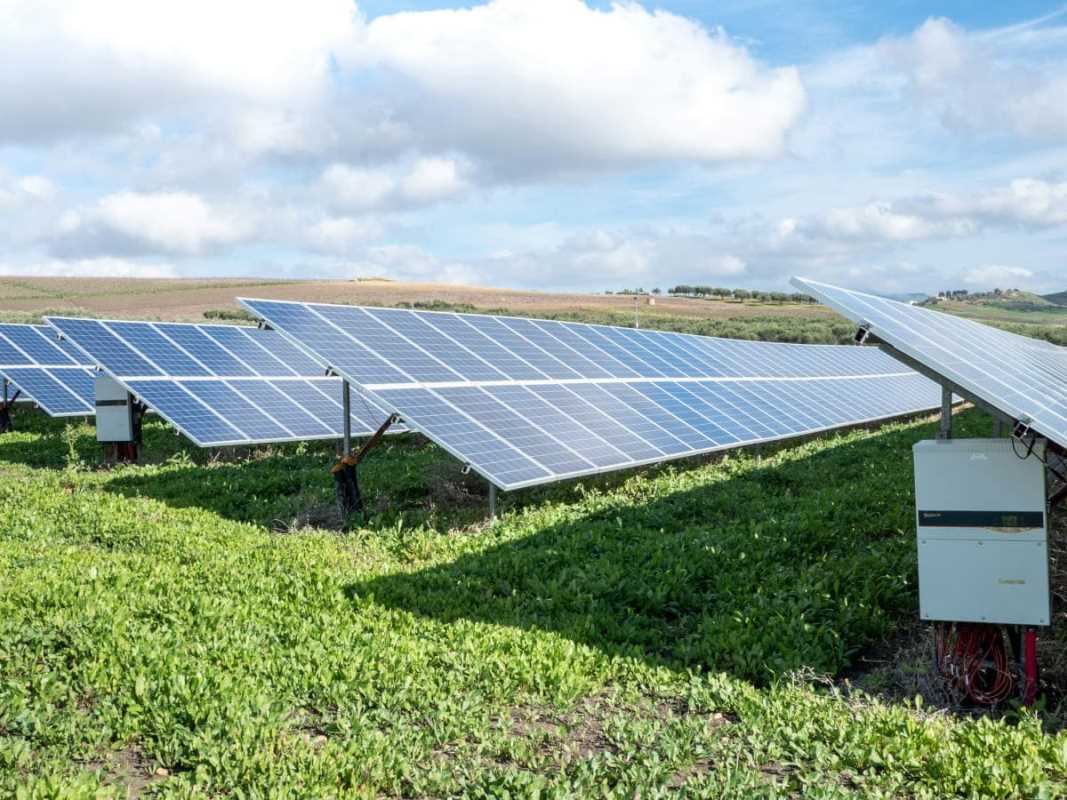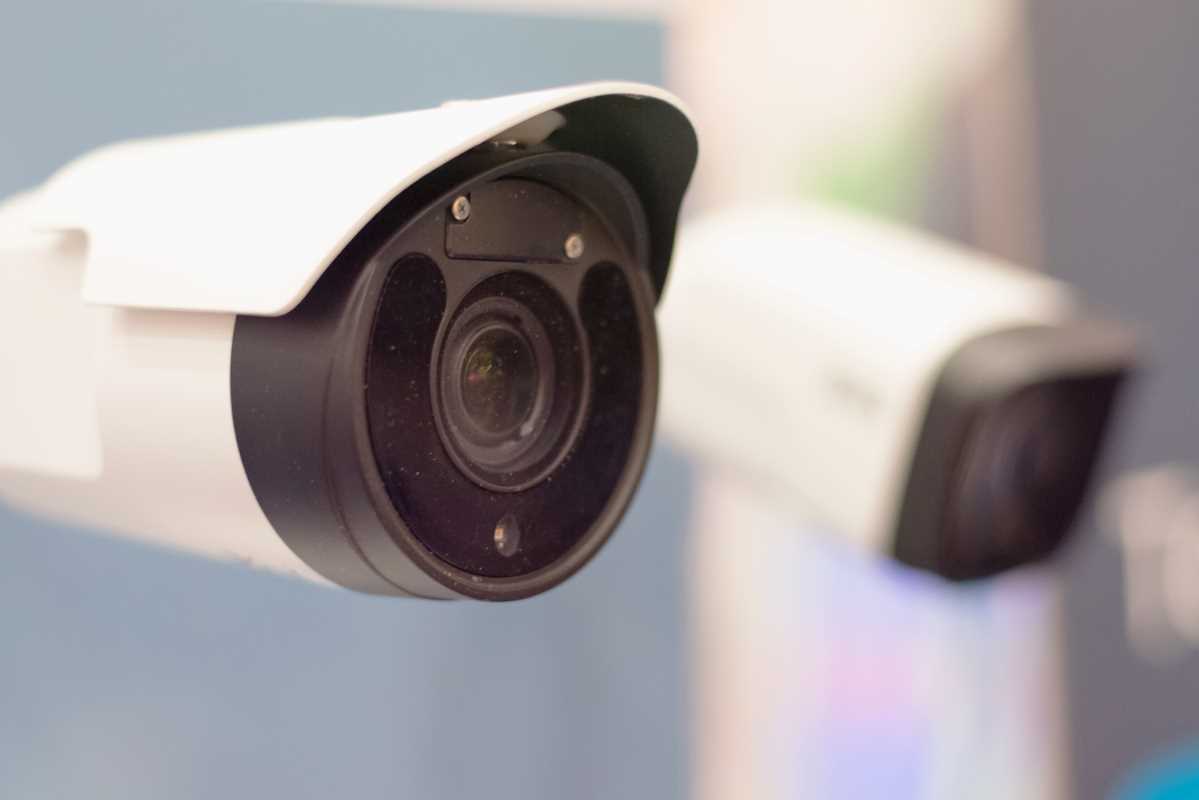Overseeing water supplies on a large property often turns into a daily balancing act, especially when every tank matters for crops and livestock. Forgetting to refill a tank can cause immediate problems for plants or animals, while checking water levels by hand means braving early mornings and losing valuable time. Remote water tank monitoring changes this routine by providing real-time updates straight to a smartphone or tablet. With this helpful technology, you can track your tanks from anywhere, reduce unnecessary trips, avoid costly shortages, and make sure water always reaches the areas that need it most.
This guide breaks down how to set up a system that tracks tank levels, alerts you when levels run low, and even ties into your irrigation schedule. You’ll find clear steps, real-world tips, and system choices that suit varied budgets. By the end, you’ll know exactly how remote monitoring lets you roam your land freely, confident that every water tank is under your watchful eye.
How Remote Monitoring Works
Remote monitoring depends on sensors mounted inside or on top of water tanks. These sensors measure water height using pressure, ultrasonic waves, or float switches. They convert the measurements into digital signals.
A small gateway device receives these signals via Wi-Fi, cellular, or LoRaWAN network. It bundles the data and sends it to a cloud server. Once in the cloud, you can view tank status on a mobile app or web dashboard.
Alert features activate when levels cross preset thresholds. For example, you set a 20% low-water alert. If water dips below that mark, the system sends a text or push notification. You then arrange a refill or adjust irrigation flow before anything hits crisis mode.
This setup stays active 24/7. It replaces manual checks that often miss sudden leaks or high consumption days. With real-time feedback, you react quickly and avoid costly downtime.
Key Benefits of Remote Water Tank Monitoring
Investing in remote monitoring offers several advantages for landowners. A few benefits stand out for larger properties, where tanks can sit miles apart and schedules run tight.
- Cost Savings: Reduce fuel and labor costs by up to 30%. One case study showed property managers saved $5,000 a year on truck runs.
- Leak Detection: Detect drops in tank levels midday. Catch pipe leaks before they drain thousands of gallons.
- Irrigation Control: Link tank data to smart valves. Prevent overwatering and reduce pump run times.
- Time Efficiency: Eliminate daily tower climbs and remote site visits. Spend that time on higher-value tasks.
- Data Insights: Track usage patterns with charts. Plan refills on cooler days or off-peak electricity rates.
Those benefits accumulate quickly across multiple tanks. You gain both immediate relief from manual chores and long-term data to optimize water use.
On larger parcels, that means resilient operations. Even if a farm stretch sits two miles from the house, you remain in total control. A single glance at your dashboard shows fill levels, pump status, and alert history.
Implementation Steps for Larger Properties
Rolling out a remote monitoring system in the field takes careful planning. Follow these steps to ensure a smooth installation and reliable performance.
- Assess Sites: Map each tank’s location and measure network coverage. Note solar exposure for solar-powered sensors.
- Choose Sensors: Match sensor type to tank material. Use ultrasonic units on steel tanks and pressure sensors for concrete.
- Set Up Network: Install gateways where coverage is strongest. Test data upload before mounting hardware.
- Install Hardware: Secure sensors and route wiring into control boxes. Seal all cable entries to keep moisture out.
- Configure Alerts: Define high- and low-level thresholds. Set notification preferences via SMS, email, or app.
- Train Users: Walk your team through the dashboard. Teach them how to interpret graphs and respond to alerts.
Completing these tasks methodically prevents costly mistakes. A well-executed rollout minimizes system downtime and keeps tanks monitored from day one.
It also helps to run a two-week test period. You can catch configuration gaps—like incorrect tank dimensions or sensor drift—before relying fully on the system.
Select the Best Monitoring System
Options range from affordable DIY kits to high-end platforms with advanced analytics. Choose a system that matches your land size, budget, and technical skills.
For basic setups, the AquaSense Lite package includes ultrasonic sensors and a cellular gateway for under $300 per tank. It covers up to 30 miles of rural network. If you need extra features, the TankLink Pro offers pump control integration and detailed usage reports for around $600 per tank.
Consider subscription costs as well. Some platforms charge monthly fees for cloud storage and alerts. That might total $20–$40 per month per site. If you maintain 10 tanks, that becomes a significant annual expense. Look for flat-rate plans or local server options to reduce recurring fees.
Contact vendors for free trials or demo accounts. Testing systems with your actual tanks gives you real insight into user interfaces and network performance.
Maintenance and Upkeep
Even the most reliable hardware requires routine maintenance. Schedule monthly and seasonal checks to prevent sensor drift, battery failure, or corrosion.
Keep these tasks on your calendar:
- Monthly: Inspect sensor housings, clean ultrasonic transducers, update firmware.
- Quarterly: Test alert delivery, verify gateway connectivity, calibrate sensors against manual readings.
- Annual: Replace batteries, check cable seals, review system logs for error patterns.
Record every maintenance event in a simple spreadsheet or notebook. That record helps you identify recurring issues before they become serious.
For properties covering hundreds of acres, assign field crew members specific tanks to monitor during their rounds. Rotate those assignments so everyone becomes familiar with the system.
Adopting remote water tank monitoring improves water management on large properties, reducing costs and site visits. Following a clear plan, selecting the proper platform, and maintaining the system ensures you gain accurate, real-time water data.
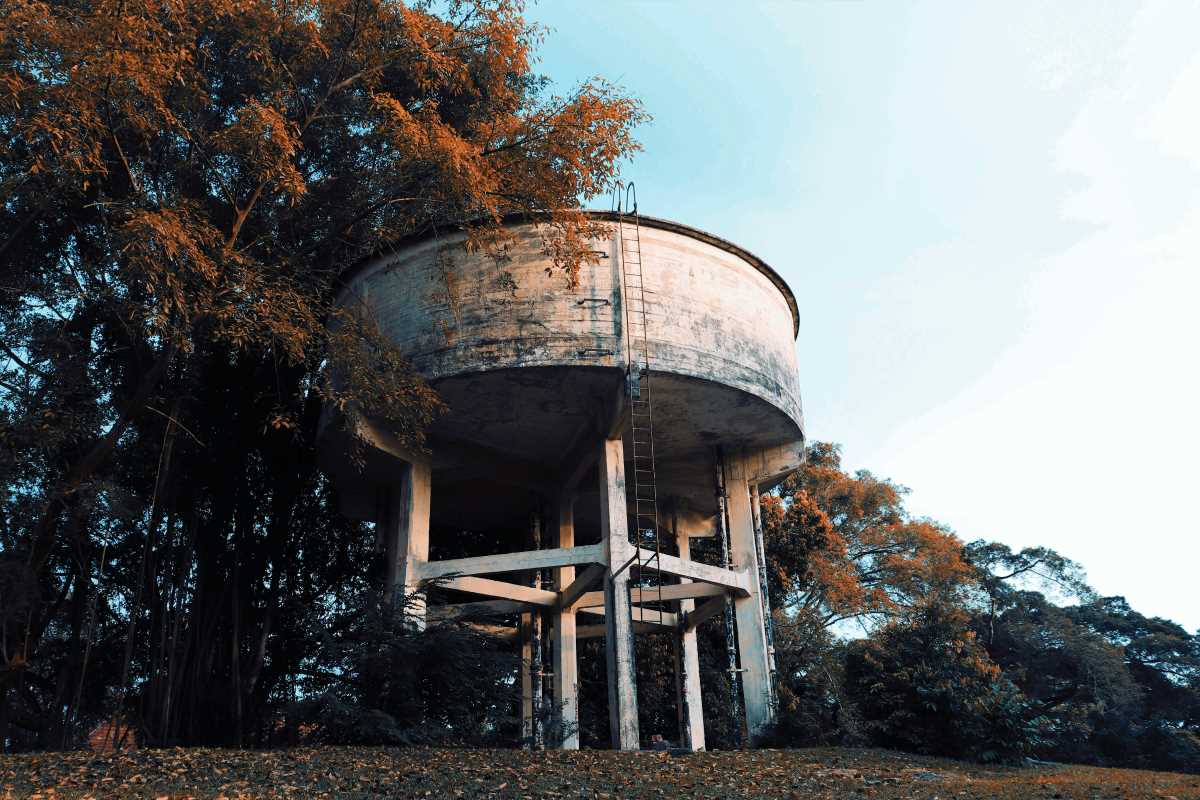 (Image via
(Image via